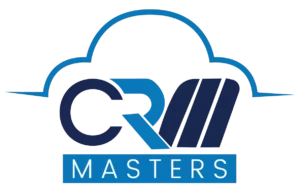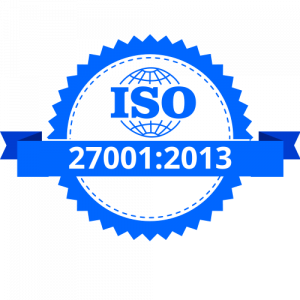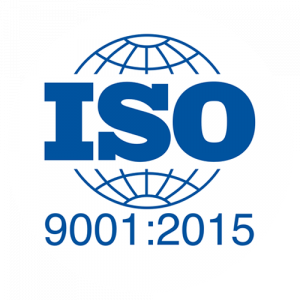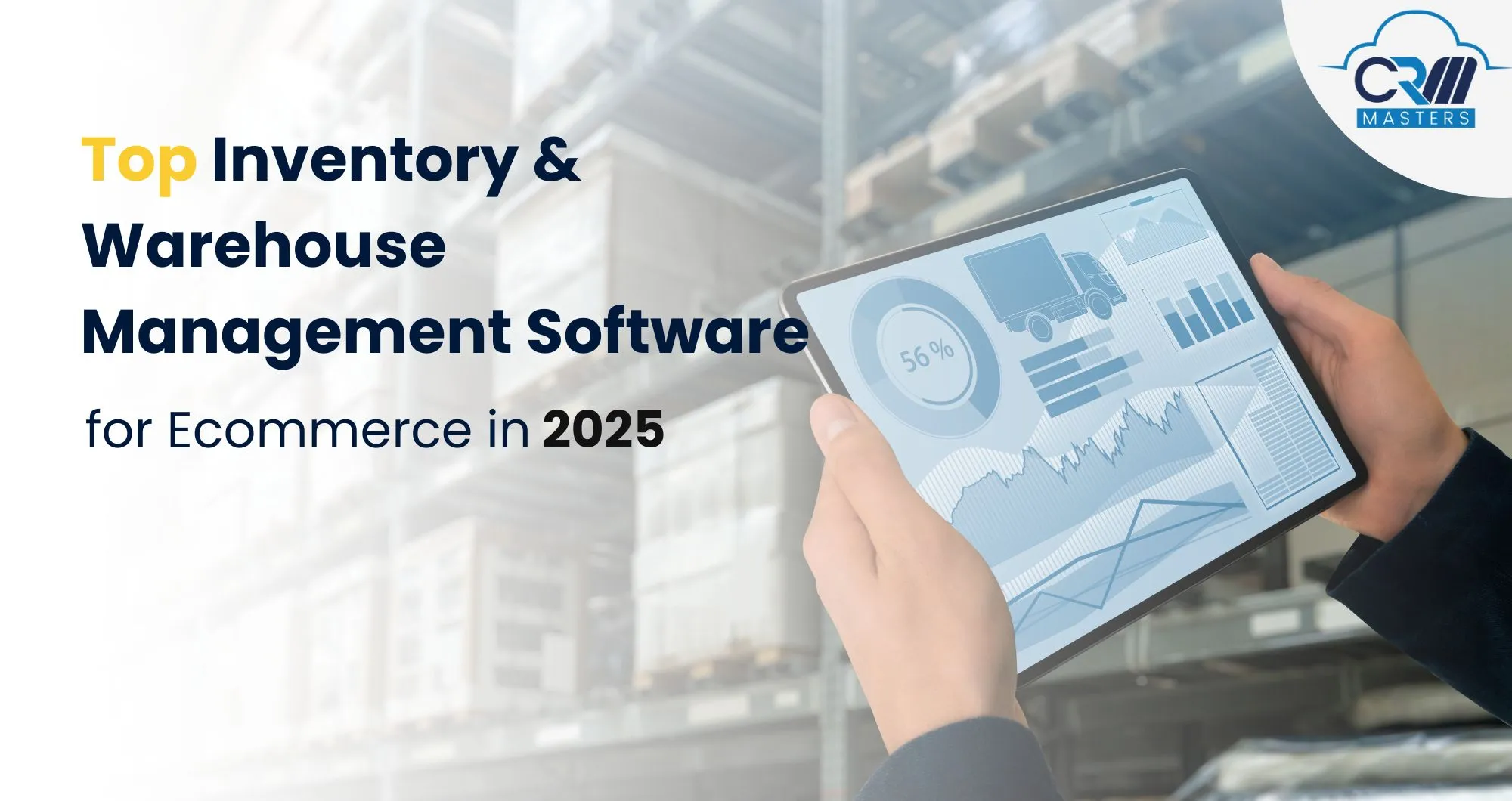
Best Inventory & Warehouse Management Software for Ecommerce in 2025
Running an ecommerce business in 2025 is no easy task. Customers expect their orders to arrive the same day, marketplaces demand accurate stock updates, and a single inventory error can cost you both sales and reputation. Imagine selling a product on your website, only to realize it’s already out of stock because Amazon orders weren’t synced in real-time, a nightmare every online seller dreads. This is why Inventory & Warehouse Management Software (sometimes called WMS software) has become the backbone of ecommerce. These cloud warehouse management solutions ensure stock levels are updated in real-time, warehouses run efficiently, and businesses can scale without worrying about lost sales or overstocked shelves.
In this blog, we’ll dive into the best ecommerce warehouse solutions of 2025, their strengths, weaknesses, and what makes them relevant for both business owners and developers.
Why Ecommerce Needs Strong Inventory & Warehouse Management Software in 2025
The ecommerce landscape has changed significantly in the past few years. Here’s why businesses can’t ignore robust inventory solutions anymore:
1. Omnichannel: Customers shop across websites, Amazon, eBay, social platforms, and even offline stores. Managing stock manually across these touchpoints is impossible.
2. Real-time Visibility: Customers don’t just want fast delivery, they want live updates on stock availability.
3. AI and Automation: From automated purchase orders to AI-powered demand forecasting, modern solutions reduce human error.
4. Integration-First Approach: Businesses don’t just want standalone software, they want tools that connect seamlessly with CRM, ERP, accounting, and shipping platforms.
5. Customer Expectations in 2025: Same-day or next-day delivery is no longer a luxury, it’s expected. Efficient warehouse management ensures fast picking, packing, and shipping.
Top WMS Software & Ecommerce Warehouse Solutions in 2025

1. Zoho Inventory
If you are a small to mid-sized ecommerce business, Zoho Inventory is one of the most practical tools available today.
Unlike heavy ERP systems, Zoho Inventory is designed to be simple yet powerful. It helps you manage stock across multiple channels from Shopify and WooCommerce to Amazon and eBay without worrying about double-selling or stockouts.
What Makes Zoho Inventory Stand Out:
- Multi-channel selling support with automatic stock sync
- Barcode scanning for faster warehouse operations
- Batch and serial number tracking for detailed product control
- Automated reordering to prevent stockouts
- Seamless integration with Zoho Books (accounting) and Zoho CRM (customer management)
- API support for developers to build custom workflows.
Looking for expert help? Explore our Zoho Consulting Services
2. Odoo Inventory
Odoo is an open-source business suite that includes a highly flexible inventory management module. It’s ideal for businesses that need customization and want to tailor workflows to their exact needs.
What Makes Odoo Inventory Stand Out:
- Open-source flexibility with endless customization
- Advanced warehouse operations, including batch picking and cross-docking
- Barcode scanning and RFID support
- Automated replenishment rules to maintain stock levels
- Seamless integration with other Odoo apps like sales, accounting, and CRM
- Strong developer community and open APIs for custom modules
If you’re looking to customize Odoo for inventory, sales, or CRM workflows, our Zoho & Odoo Customization Services can help you design solutions tailored to your business.
3. Cin7
Cin7 is a cloud-based inventory management solution built for growing ecommerce and wholesale businesses. It combines inventory, point-of-sale, and warehouse management into one system, making it easy to manage both online and offline operations.
What Makes Cin7 Stand Out:
- Centralized platform for ecommerce, retail, and wholesale
- Built-in warehouse management with barcode scanning
- Powerful reporting and demand forecasting tools
- Native integrations with major marketplaces and accounting software
- Automation for stock transfers between multiple warehouses
- Developer-friendly APIs for custom integrations
4. Fishbowl Inventory
Fishbowl is a popular choice for manufacturers and ecommerce sellers who need inventory management tightly integrated with accounting. It’s particularly strong in managing raw materials and production workflows.
What Makes Fishbowl Inventory Stand Out:
- Manufacturing-focused features like work orders and bills of materials
- Strong warehouse management with barcode scanning
- Inventory costing methods, including FIFO, LIFO, and average costing
- Tight integration with accounting platforms
- Automated reordering and parts tracking for production lines
- Developer tools and integrations for customization
CRM Masters also supports Manufacturing CRM & Automation Solutions to help streamline production workflows alongside your inventory system.
5. NetSuite ERP
NetSuite is a full-fledged enterprise resource planning (ERP) solution that includes advanced inventory and warehouse management. It’s designed for large businesses that operate across multiple countries and need real-time insights into complex supply chains.
What Makes NetSuite ERP Stand Out:
- End-to-end ERP with advanced inventory modules
- Real-time stock tracking across global warehouses
- AI-driven demand planning and procurement automation
- Integrated financial and supply chain management
- Multi-currency and tax compliance for global sellers
- Customization options and APIs for enterprise developers
Need end-to-end CRM + Inventory automation? Check our Zoho Implementation Services.
6. SAP Extended Warehouse Management (SAP EWM)
SAP Extended Warehouse Management is built for businesses that manage large, complex warehouse operations. It provides advanced functionality to handle everything from inbound and outbound processing to labor management and yard operations. With SAP EWM, businesses get real-time visibility into their inventory across multiple warehouse locations, making it easier to meet customer demands and optimize logistics.
What Makes SAP EWM Stand Out:
- Designed for enterprises handling complex, high-volume warehouse operations
- Offers granular visibility into stock movements, batches, and serial numbers
- Strong automation capabilities for order picking, packaging, and replenishment
- Seamless integration with SAP ERP and SAP S/4HANA for end-to-end business visibility
For enterprises managing complex supply chains, our Digital Transformation Consulting services ensure your CRM, ERP, and WMS are aligned for efficiency.
7. Oracle WMS Cloud
Oracle WMS Cloud is a modern, cloud-native warehouse management solution built for scalability and agility. It enables ecommerce businesses to manage inventory across multiple warehouses and fulfillment centers with real-time insights. With advanced features like AI-driven demand forecasting, intelligent automation, and multi-channel fulfillment, Oracle WMS Cloud is ideal for businesses that prioritize speed and efficiency.
What Makes Oracle WMS Cloud Stand Out:
- Fully cloud-based, offering flexibility and scalability for growing businesses
- Advanced analytics and AI features for smarter decision-making
- Strong support for multi-channel fulfillment and global operations
- Continuous updates and innovation from Oracle’s cloud ecosystem
How to Choose the Best Inventory Tracking Tools & Cloud Warehouse Management Software
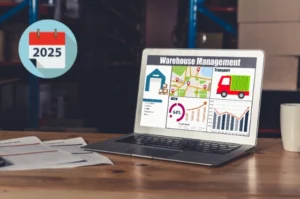
With so many tools available, choosing the right one for your ecommerce business can feel overwhelming. The “best” solution depends on your size, budget, and operational complexity.
Here are some key factors to consider:
- Business Size & Complexity: Small ecommerce shops may benefit from simpler, affordable tools like Zoho Inventory, while enterprises need feature-heavy systems like SAP EWM or Oracle WMS Cloud.
- Integration Needs: Ensure the software connects with your ecommerce platforms (Shopify, WooCommerce, Amazon), CRM, ERP, accounting, and shipping carriers.
- Scalability: Pick a system that grows with you. Outgrowing your software can create disruption later.
- Automation Features: From AI-powered demand forecasting to automated purchase orders, the right automation can save hours of manual work.
- Ease of Use: Developers appreciate strong APIs, but warehouse staff need intuitive mobile apps and barcode scanning for day-to-day tasks.
- Budget vs. ROI: Consider not just the subscription cost but the long-term benefits in reduced errors, faster fulfillment, and better customer satisfaction.
Conclusion
In 2025, ecommerce success depends not just on having great products, but on how smoothly you manage stock, warehouses, and fulfillment. The right inventory & warehouse management software — whether it’s a simple inventory tracking tool like Zoho Inventory or a full-scale cloud warehouse management software like Oracle WMS Cloud — helps businesses cut costs, reduce errors, and delight customers with fast, reliable deliveries.
Are you ready to take control of your ecommerce warehouse operations in 2025?
Book your free consultation call now and let CRM Masters help you choose the perfect solution.
FAQs
Q1. What is the best inventory management software for ecommerce in 2025?
Ans. The best option depends on business size — Zoho Inventory is great for SMBs, while enterprises may prefer SAP EWM or Oracle WMS Cloud.
Q2. How does warehouse management software reduce costs?
Ans. WMS software automates picking, packing, and stock updates, reducing human error, preventing overstocking, and cutting fulfillment costs.
Q3. Which inventory tracking tools integrate with Shopify and Amazon?
Ans. Zoho Inventory, Cin7, and NetSuite ERP offer real-time integrations with Shopify, WooCommerce, Amazon, and eBay.
Q4. What’s the difference between ERP and WMS software?
Ans. ERP covers all business functions (finance, HR, supply chain), while WMS focuses specifically on inventory and warehouse operations.
Q5. Is cloud warehouse management software better than on-premise?
Ans. Yes, cloud-based WMS like Oracle WMS Cloud or Zoho Inventory offer real-time updates, scalability, and lower upfront costs compared to traditional systems.
